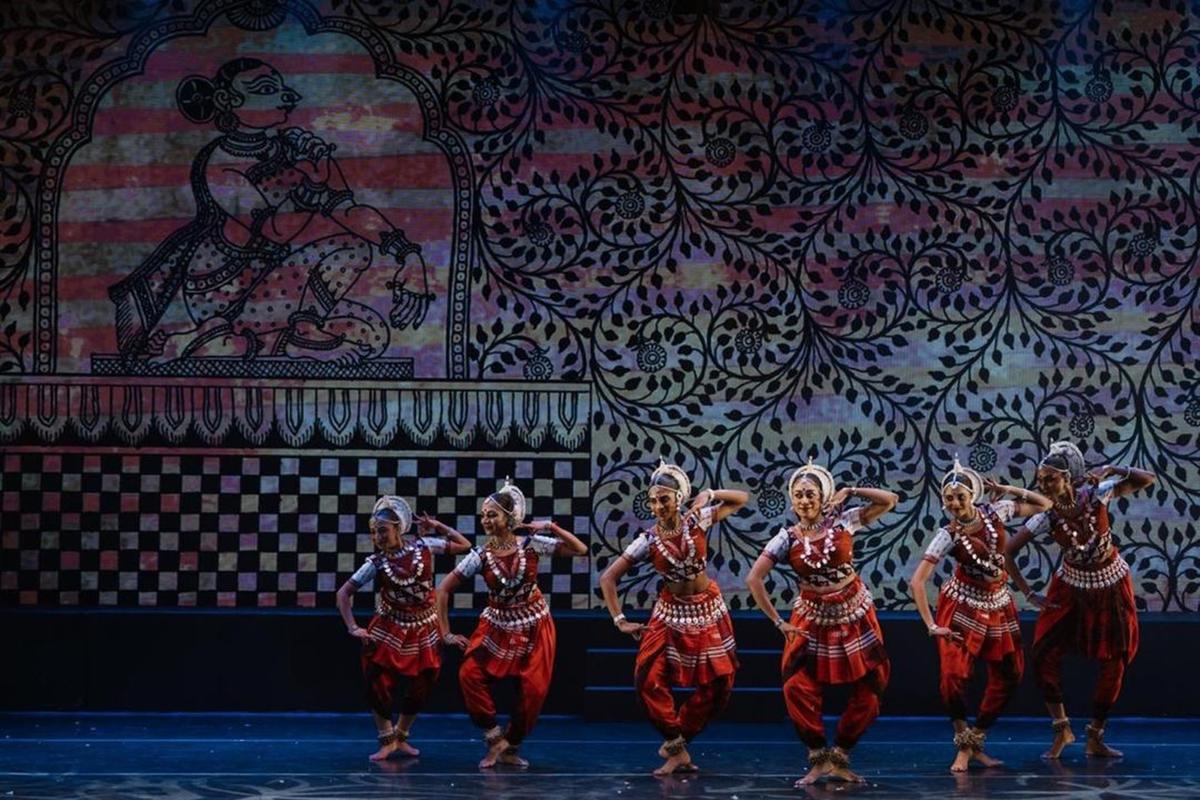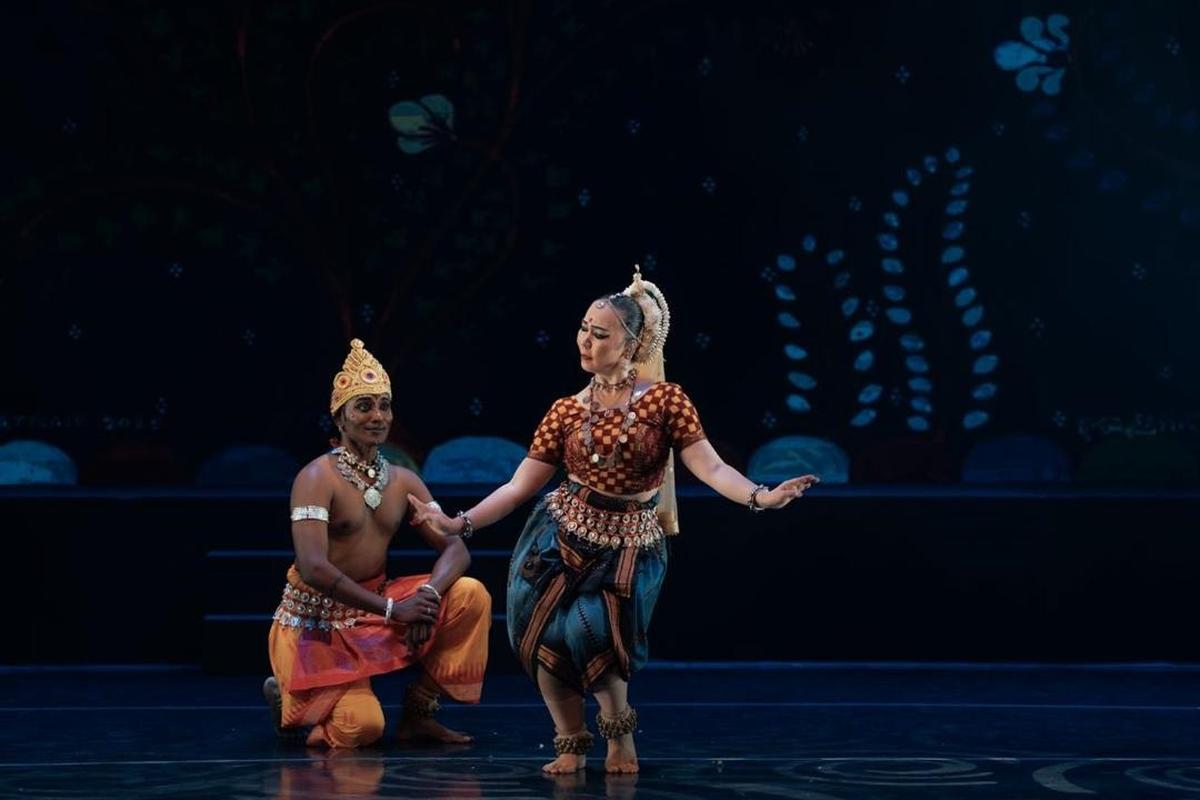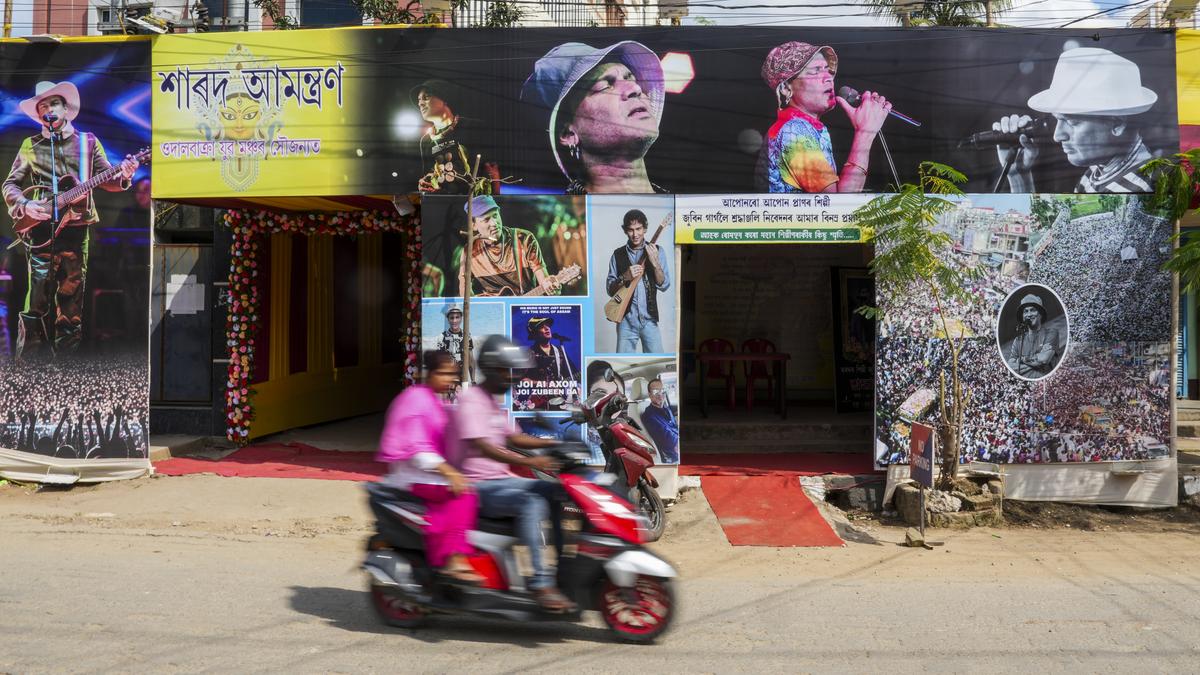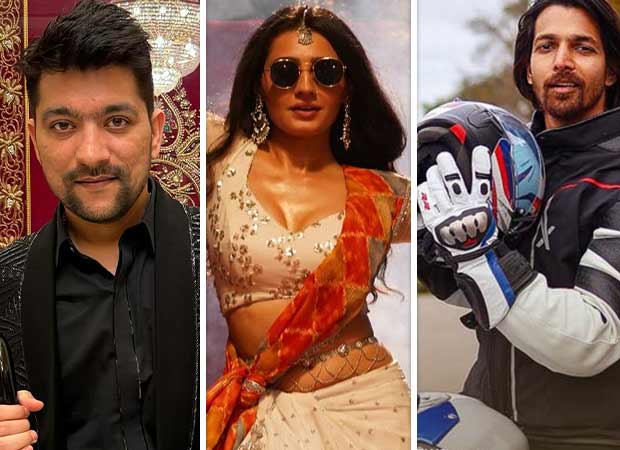
‘Radhe RAdhe – Sweet Surrender’ draws references and influences from the folk form Radha Prema Leela.
“Take Ganjam’s art and dance to the international stage,” were the words of the distinguished scholar and artist Dinanath Pathy, which became the guiding force for guru Gajendra Panda and dancer-choreographer Datuk Ramli Ibrahim. Inspired by Dinanath, also their mentor, the duo delved deep into the indigenous art forms of Ganjam district (Odisha) and adapted them to suit the contemporary stage. After the success of three productions, the two artistes have come together again for ‘Radhe Radhe – Sweet Surrender’,a Malay-Indian dance production by the Malaysia-based Sutra Dance Theatre, which premiered recently in Kuala Lumpur.
“Our guru Debaprasad Das believed in the concept of ‘Tridhara’ — an organic creative flow of an indigenous thread that binds the three facets — classical, tribal and folk traditions. Both he and Dinanath believed that their inclusion within the fabric of contemporary Odissi repertory, , holistically would ensure their continuum,” says Ramli. Guided by their thoughts, this production draws references and influences from the folk form Radha Prema Leelaandhas been conceived to bring together music, dance and visual arts.
A rich musical score, an engaging dance vocabulary and a captivating play of lighting and scenic design, woven dexterously with a storyline, has always been the hallmark of Ramli’s production and ‘Radhe Radhe’ lives up to it.

The Pattachitra paintings of Odisha were used as video projection to enhance the appeal of the production.
| Photo Credit:
Special Arrangement
Spread over two segments
The production has been devised in two parts. The first has been ideated with a focus on highlighting the personas of Radha and Krishna through a traditional Odissi repertoire of mangalacharan, sthai, abhinaya and a pallavi. The choreography for sthai introduces two main characters of the leela, the vasakadsajjika — Chandravali adorning herself to meet Krishna and Khandita — jealous rage of Radha. In the Kalavati raga pallavi the characters who form a part of the leela are introduced judiciously into this pure dance piece.
Video projection of images on a screen as a backdrop often creates disturbances to the dance visualisation. But here, the popular Pattachitra (palm leaf) paintings of Odisha were commissioned to go with the narration and were done by artist Bibhu Patnaik. Except at a few places where the use of the visuals disturbed the large group dance formations, the paintings enriched the visual language and narration. For instance, in one of the sequences, the animated depiction of the rising river water and the swaying tree in the painting — set behind the tableaux of silhouetted dancers — brought it alive. The interdisciplinary dialogue reached its peak when the animated Raas figures in the painting merged with the vibrant raas of the gopas and gopis on stage, culminating in a crescendo of dynamic movement.
The traditional Radha Prema Leela from Putabagada village of Ganjam district, portraying the divine love between Krishna and Radha, was the source of inspiration for the second half of the show. The storyline was simple — Radha gets a glimpse of Krishna, falls in love and agrees to meet him in Vrindavan. She adorns herself and waits, but Krishna is waylaid by another gopi — Chandravali. Radha gets angry and is unmoved by his apologies. He dons various disguises — of a flower seller, bird seller and a yogi. It is only when he says he will renounce the world if she doesn’t accept him, Radha relents and the two are joyfully united.

Tao Mei Mei as Lalitha and Adhikar Raj as Balakrishna presenting Radhe Radhe – Sweet Surrender.
| Photo Credit:
Special Arrangement
Interesting portrayals
The story was choreographed in an interesting manner, with clear communication and each sequence moving in quick succession. The transition of the shades of emotions of Radha — ranging from love and anger to pathos — was portrayed expressively by Geethika Sree with fine responses from Harentiran as Krishna. The dancing by Nitya Kuthiah as the flower seller and Vanitha Vasantha Nathan as the bird seller was vibrant. Jyotsna Manivasakam as Chandravali, Tao Mei Mei as Lalitha and Adhikar Raj as Balakrishna were impressive too.
The second half scaled great heights because of excellent music and rhythm composition by guru Gopal Chandra Panda, guru Gajendra Kumar Panda, Sachitananda Das and Sangita Panda. The raw, rustic flavour of the ragas and the manner in which the musical rendition was adapted to match the classical idiom enhanced the overall appeal. Sangeeta Panda and Satya Brata Katha on vocals were accompanied by Jabahar Mishra on the flute, Rabi Pradhan on the sitar, and Rama Chandra Behera on the mardal and Gajendra Panda on sabda ukkuta and manjira.
“I believe in using light as my colour palette to see the desired tones and ambience on stage,“ says Sivarajah Natarajan, the lighting designer. His sensitive play of lights enhanced the mood of each segment. The co-artistic direction and dance composition were by Ramli Ibrahim and guru Gajendra Panda.
Published – October 23, 2025 11:28 am IST



